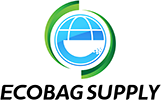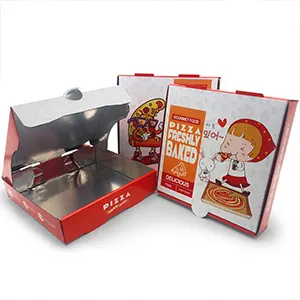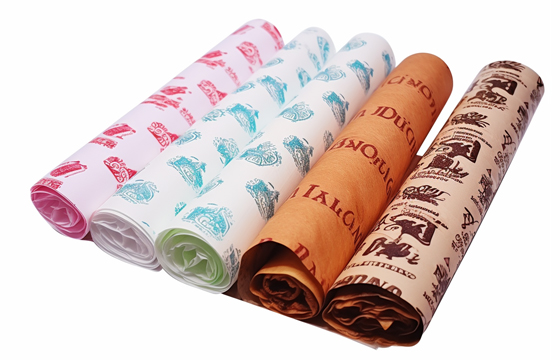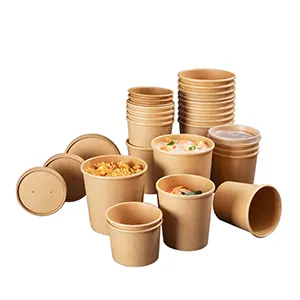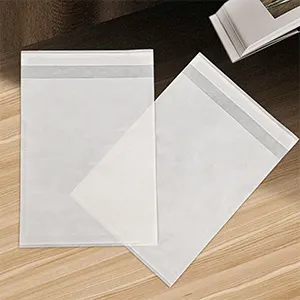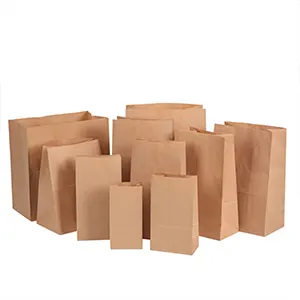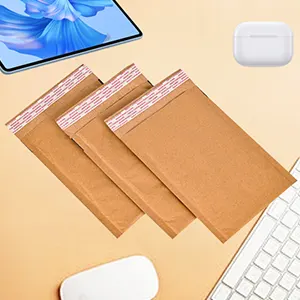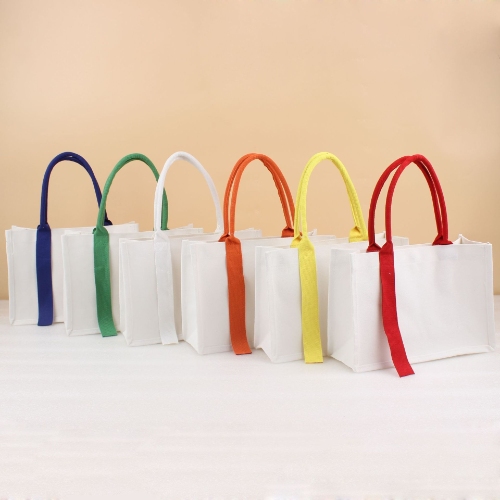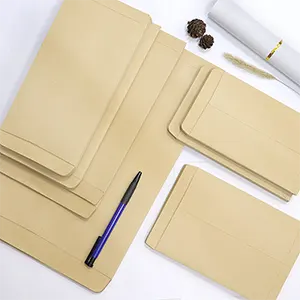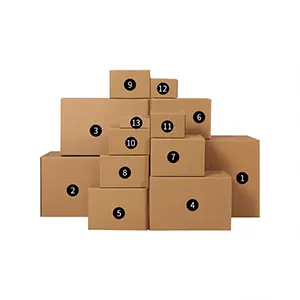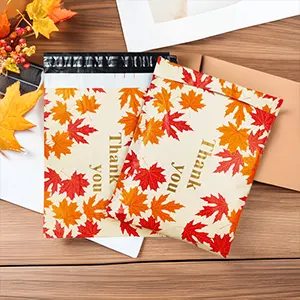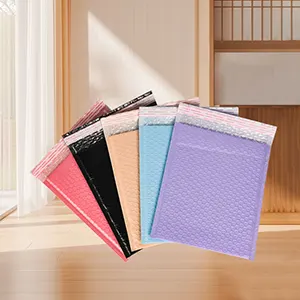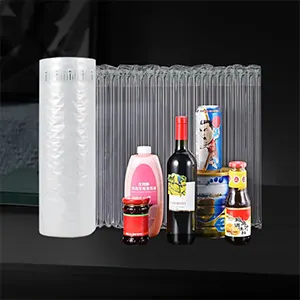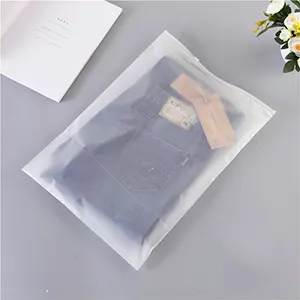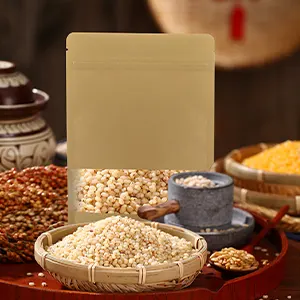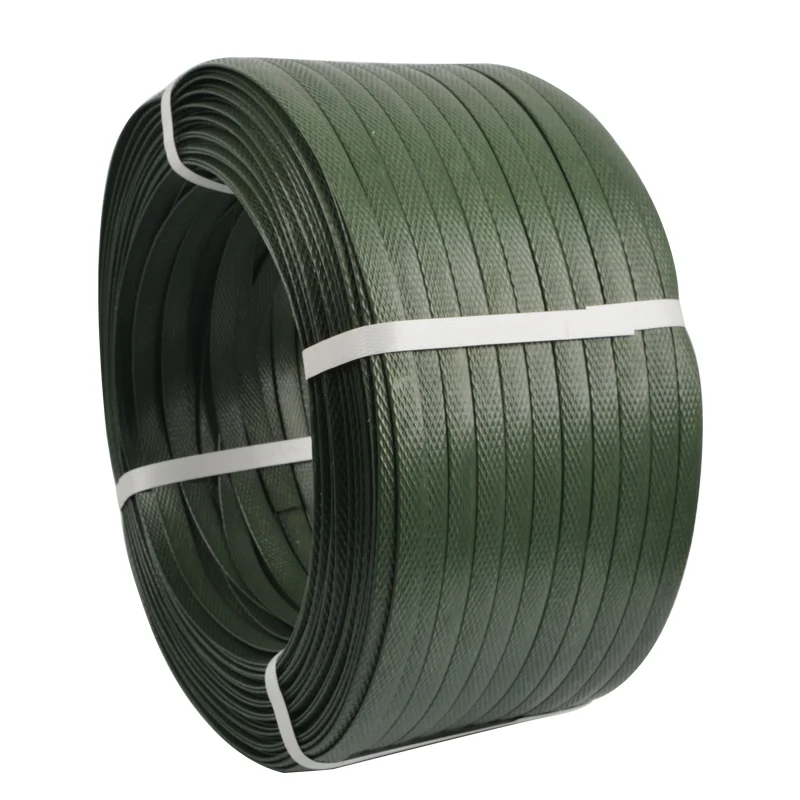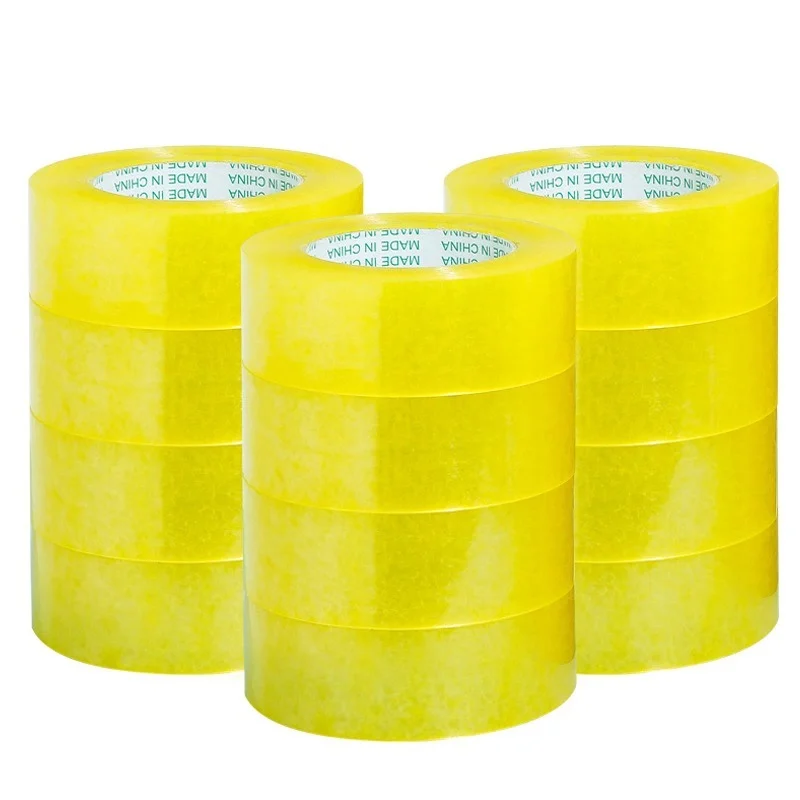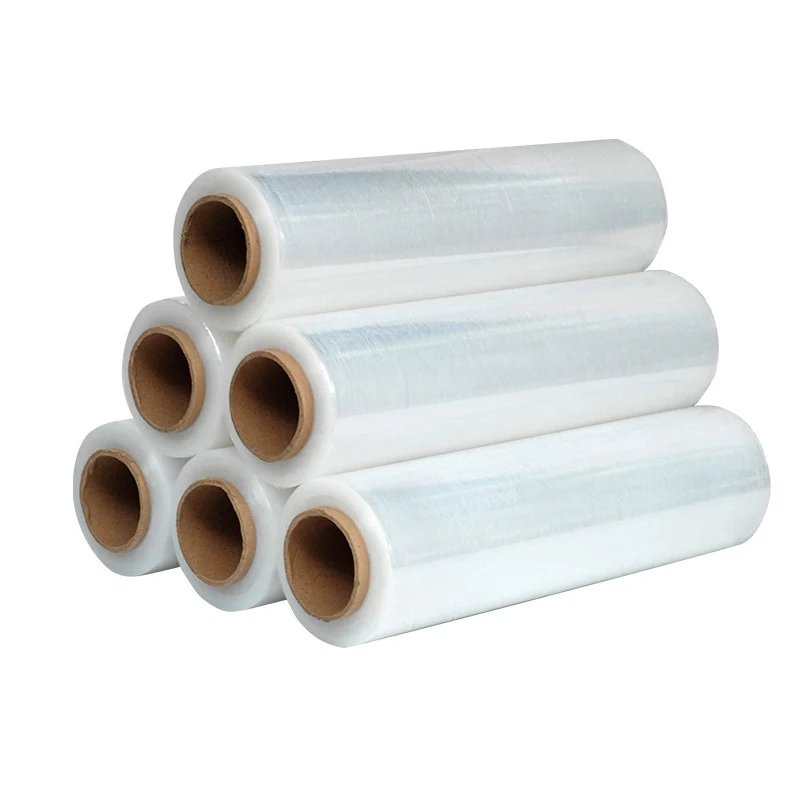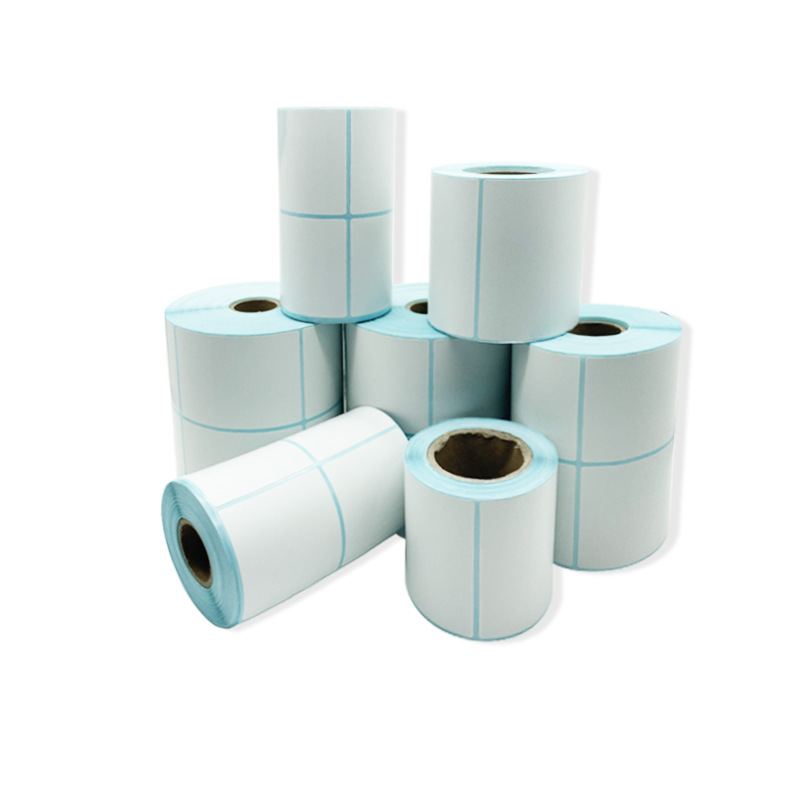Imitation Greaseproof Paper Sheets: The Shocking Truth
The market for food packaging is flooded with options, but not all are created equal. Imitation greaseproof paper sheets are a low-cost alternative to genuine greaseproof paper, often marketed to unsuspecting home users and budget-conscious businesses. While the name sounds similar, the shocking truth is that these products are fundamentally different and vastly inferior in both performance and safety. They fail to deliver on their primary promise of being grease-proof and can introduce a host of problems, from ruined food to potential safety risks. This definitive guide will expose the truth about imitation greaseproof paper, revealing how it is made, why it fails, and the critical signs you must look for to avoid this substandard product.
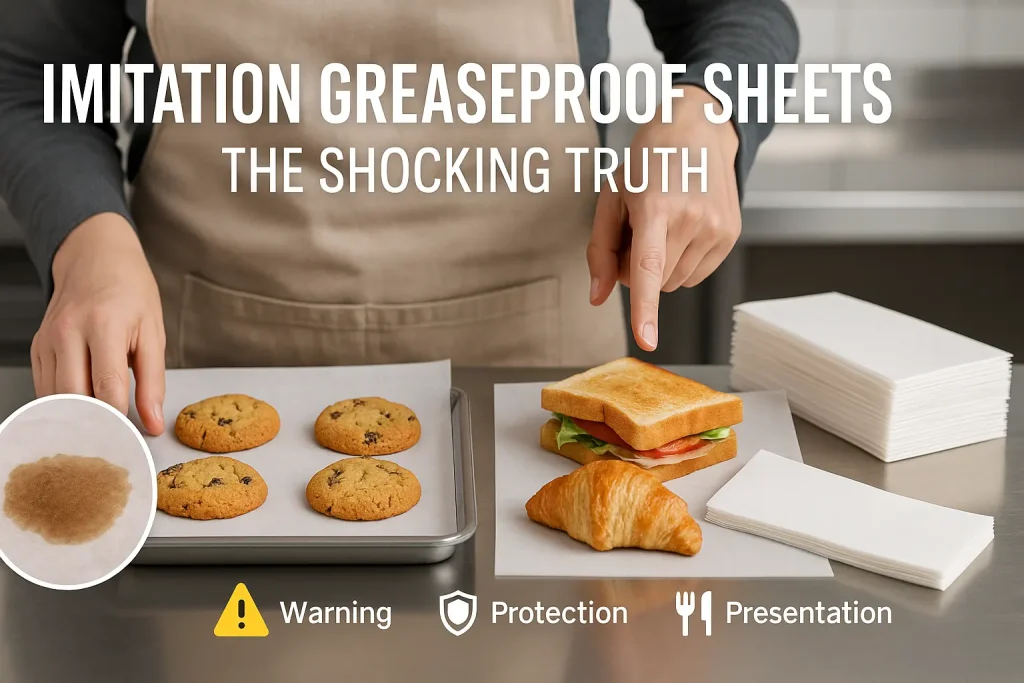
What Are Imitation Greaseproof Paper Sheets?
The first step in avoiding this inferior product is to understand what it is and how it differs from the real thing. The term "imitation" is a clear warning sign. It is a product that attempts to mimic the function of a genuine greaseproof paper but without the proper manufacturing process or quality of materials. It is a shortcut that ultimately leads to a dead end.
The Deceptive Name: Why It's Not Truly Greaseproof
A genuine greaseproof paper achieves its oil-resistant properties through a physical process. The wood pulp fibers are mechanically beaten and compressed into an incredibly dense sheet with very low porosity. This creates a natural, physical barrier to grease. Imitation greaseproof paper sheets, on the other hand, are typically just standard, porous paper that has been treated with a chemical additive to give it a temporary and limited resistance to grease. It is not truly grease-proof; it is merely grease-resistant to a very low degree.
The Manufacturing Process: Sizing Agents vs. Supercalendering
The manufacturing process is the key difference. Genuine greaseproof paper is made using a process called supercalendering, where the paper is passed through heavy rollers to densify the fibers. This is a mechanical, chemical-free way to create the grease barrier. Imitation paper skips this intensive and expensive process. Instead, a standard, low-grade paper is treated with "sizing agents." These are additives, like starch or other chemicals, that are used to fill in the pores of the paper. This chemical sizing provides a minimal level of grease resistance but is far less effective and durable than the physical barrier of a genuine greaseproof sheet.
The Inferior Materials Often Used
To keep the cost as low as possible, imitation greaseproof paper is often made from lower-quality materials. It may not be made from 100% virgin pulp and could contain recycled content or other impurities. The purity of the pulp is not as critical because the manufacturer is relying on a chemical treatment, not the inherent quality of the paper structure, to provide the grease resistance. This can raise serious questions about the product's safety for direct food contact.
How to Differentiate it from Genuine Greaseproof Paper
At first glance, an imitation sheet can look similar to the real thing. However, there are several key differences. A genuine greaseproof paper has a smooth, often slightly translucent, and very dense feel. An imitation paper will often feel more like a standard piece of craft paper. It may feel flimsier, more opaque, and rougher to the touch. The most telling difference, of course, is in its performance when it is actually used.
The Shocking Truth 1: The Failure of Performance
The most immediate and frustrating truth about imitation greaseproof paper sheets is that they simply do not work well. They fail to perform the basic tasks that they are supposedly designed for. This poor performance can lead to messy, disappointing, and often disastrous results in the kitchen.
Why it Fails to Block Grease and Oil
The chemical sizing agents in imitation paper provide only a very weak barrier to grease. When the paper comes into contact with hot oil or a significant amount of melted butter, this weak barrier quickly breaks down. The grease will soak directly through the paper, defeating its entire purpose. A sandwich with an oily dressing wrapped in imitation paper will quickly become a greasy mess. A tray of roasted vegetables lined with it will result in a pan that is just as oily as if no liner was used at all.
The Problem of "Soaking Through" and Creating Messes
This failure to block grease means that the paper offers no real protection. It will not keep a customer's hands clean. It will not protect a countertop from an oily pastry. It will not keep a takeaway bag from getting grease stains. In many cases, the soaked-through paper can be even messier and more difficult to handle than the food item itself. It can also tear easily once it has become saturated with oil.
Poor Performance Under Heat: Scorching and Brittleness
Imitation greaseproof paper is often not designed with oven use in mind, even if it is marketed as "baking paper." Because it is a lower-grade paper, it is much more prone to scorching and turning dark brown at standard baking temperatures. It can become extremely brittle in the oven, cracking and breaking apart when you try to remove the baked goods. This can leave behind small, burnt pieces of paper stuck to your food.
The Lack of Strength and Durability
A genuine greaseproof paper is surprisingly strong and durable due to its dense fiber structure. An imitation greaseproof paper sheet is often much weaker. It will tear more easily, especially when wet. This can be a major problem when you are trying to use it as a sling to lift a cake or a batch of brownies out of a pan. A tear at this critical moment can result in a dropped and ruined dessert.
The Shocking Truth 2: The Potential Risks
Beyond the simple frustration of poor performance, the use of low-quality imitation greaseproof paper sheets can introduce more serious risks. These relate to the safety of the materials and their potential to ruin not just a single dish, but a business's hard-earned reputation.
The Risk of Non-Food-Safe Materials
This is the most serious concern. For any product to be used in direct contact with food, it must be certified as food-safe. This means that all of its components—the paper pulp, the processing aids, and any inks or additives—are non-toxic. Because imitation papers are made to be as cheap as possible, they are often produced in facilities with lower quality control standards. There is a significant risk that these products are not truly food-grade and may contain harmful chemicals or impurities.
The Danger of Chemical Sizing Agents Transferring to Food
The chemical sizing agents used to create the weak grease resistance in imitation paper can be a point of concern. When the paper is heated or comes into contact with oily foods, there is a risk that these chemicals could leach out of the paper and transfer to the food. The exact composition of these sizing agents is often not disclosed, which raises questions about their safety for consumption.
The Fire Risk of Using it in an Oven
A genuine greaseproof paper has a known and tested oven-safe temperature rating. An imitation paper often does not. Using a low-grade, non-certified paper in a hot oven is a fire risk. The paper can easily scorch, and in a worst-case scenario, it could potentially ignite if it comes into contact with a heating element. For a general overview of safe food papers, the Parchment paper offers some useful context.
Why it Can Ruin Your Food and Your Reputation
For a food business, the consequences of using an imitation paper can be severe. A product that leaks grease and makes a mess will lead to unhappy customers. A paper that scorches and imparts a burnt flavor will ruin the taste of a carefully prepared dish. In the worst-case scenario, a non-food-safe material could create a health risk. The small amount of money saved by purchasing a cheap imitation product is not worth the immense risk to your brand's reputation for quality and safety.
How to Spot Imitation Greaseproof Paper: A Buyer's Guide
With these risks in mind, it is crucial for every buyer to know how to spot and avoid imitation greaseproof paper sheets. There are several clear red flags to look for that can help you to identify a low-quality product, whether you are shopping in a store or online.
Here are the key red flags of an imitation or low-quality product:
- Suspiciously Low Price: The most obvious sign. If the price seems too good to be true, it is almost certainly an inferior product.
- Vague or Misleading Labeling: The packaging may be vague about the material type or may lack key information like an oven-safe temperature.
- No Food-Safe Certification: The absence of a clear "food-safe" or "food-grade" logo is a major red flag.
- Flimsy Feel and Appearance: The paper will often feel thin, weak, and more porous than a genuine greaseproof sheet.
- Negative Online Reviews: If you are buying online, look for reviews that complain about the paper leaking grease or tearing easily.
Red Flag 1: An Unusually Low Price
Quality costs money. The process of making genuine greaseproof paper is more complex and uses better materials than making a simple imitation paper. Therefore, a genuine product will always have a higher price. If you find a product that is significantly cheaper than all the other options on the market, it is a very strong indicator that it is a low-quality imitation.
Red Flag 2: A Vague or Misleading Product Description
A reputable manufacturer is proud of their product's quality and will be very transparent about its specifications. The packaging and the product description should be clear and detailed. Be wary of products with vague labeling. If the packaging just says "baking paper" or "kitchen paper" without specifying that it is "greaseproof" and without providing a temperature rating, it is best to be suspicious.
Red Flag 3: The Lack of Certifications
The food-safe certification is a legal and ethical requirement for these products. If the packaging does not have a clear and recognizable food-grade symbol, do not buy it. Similarly, a lack of any sustainability certifications, like the FSC logo, can be an indicator of a manufacturer that is cutting corners on quality and responsibility.
The Water Drop Test: A Simple Home Experiment
If you have a paper and you are unsure of its quality, you can perform a simple test at home. Place a single drop of water or cooking oil on the surface of the paper. On a genuine, high-quality greaseproof sheet, the drop will sit beaded on the surface for a very long time without being absorbed. On an imitation paper, the drop will quickly begin to soak in and spread, creating a dark, saturated spot.
The Appeal of Genuine Greaseproof Paper in Contrast
The best way to appreciate the flaws of an imitation product is to understand the benefits of the real thing. A genuine greaseproof paper, whether it is white, brown, or patterned, offers a level of performance and reliability that an imitation can never match.
The Reliability of True White Greaseproof Paper Sheets
A high-quality white greaseproof paper sheet provides a clean, professional, and high-performing surface. Its bright, crisp appearance is a sign of its purity and quality. It is a reliable workhorse in any kitchen.
The Authentic Appeal of Brown Greaseproof Paper Sheets
For a brand that values sustainability and an artisanal aesthetic, a genuine brown greaseproof paper sheet is the ideal choice. It offers the same high performance as a white paper but is made without bleaching, giving it a natural, eco-friendly appeal.
The Branding Power of High-Quality Patterned Greaseproof Paper Sheets
The superior quality of a genuine greaseproof paper also makes it a much better canvas for custom printing. The dense, smooth surface allows for a sharp and vibrant print. This is why a high-quality patterned greaseproof paper sheet, such as the classic gingham greaseproof paper sheets, is always made from genuine, high-grade paper.
The Consequences for a Food Business
For a food business, the decision to use a cheap, imitation greaseproof paper sheet is a very dangerous one. The small, short-term cost saving is dwarfed by the huge, long-term risks to the brand's reputation and the bottom line.
Damaging Your Brand's Reputation for Quality
A customer's experience with your packaging is a direct reflection of your brand. If their sandwich wrap leaks grease all over their hands, or if their pastry is stuck to a piece of scorched paper, they will not blame the paper; they will blame your business. Using a low-quality material sends a message that you are a brand that cuts corners. This can cause irreparable damage to your reputation for quality.
The Hidden Costs of Product Failure
The failure of the paper also has direct financial costs. A wrap that leaks can damage a customer's clothes or car, for which your business could be held responsible. In the kitchen, a pan liner that fails means your staff has to spend extra time on difficult cleanup, which is a direct labor cost. The cost of a single customer complaint or a single ruined dish is often far more than the cost saved on a case of cheap paper.
Final Thoughts
The shocking truth about imitation greaseproof paper sheets is that they are a false economy. They are an inferior product that fails to deliver on its most basic promise and introduces a range of performance and safety risks. For both home cooks and professional food businesses, the message is clear: always invest in genuine, high-quality, and certified greaseproof paper. The small extra cost is a worthwhile investment in the quality of your food, the experience of your customers, and the integrity of your brand. Do not be fooled by a deceptive name and a low price; the risks are simply not worth the savings.
JERL has been working hard on the road of custom packaging. Next time when you feel the need to impress someone with your brand, think of JERL Packaging!
